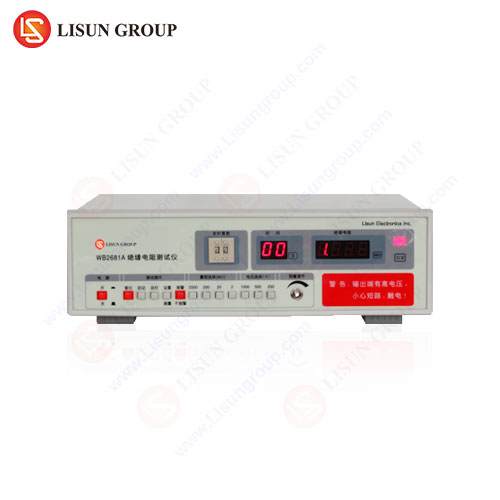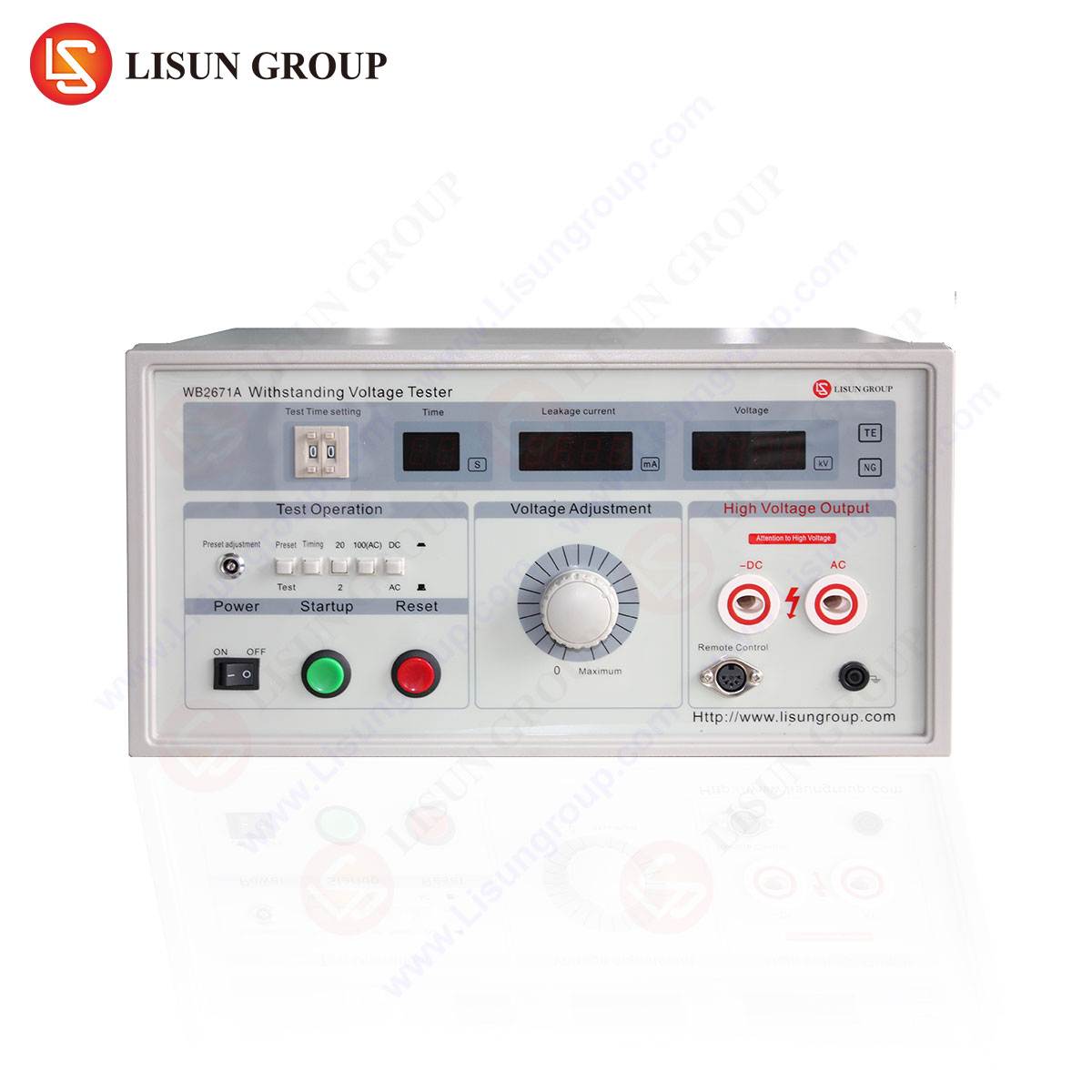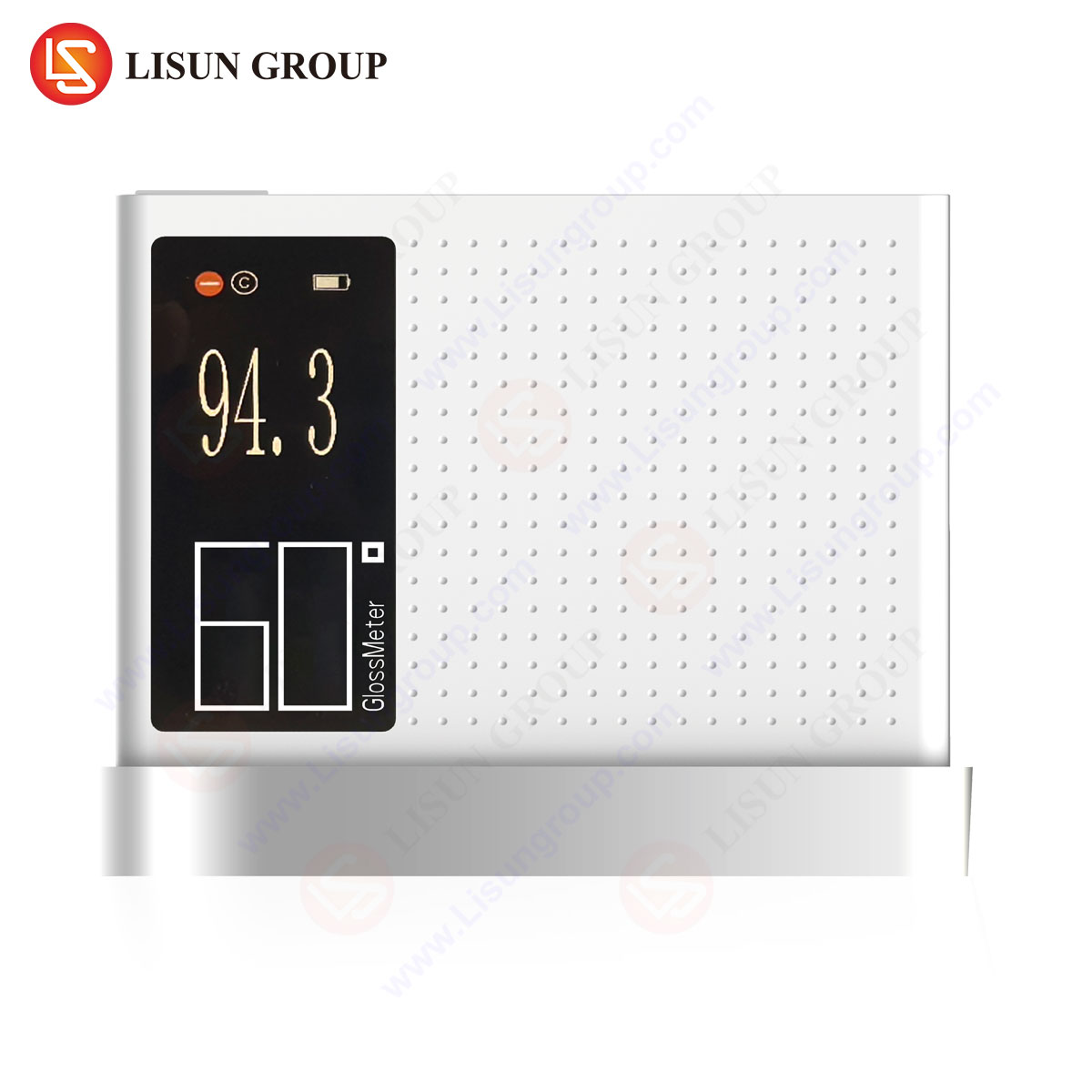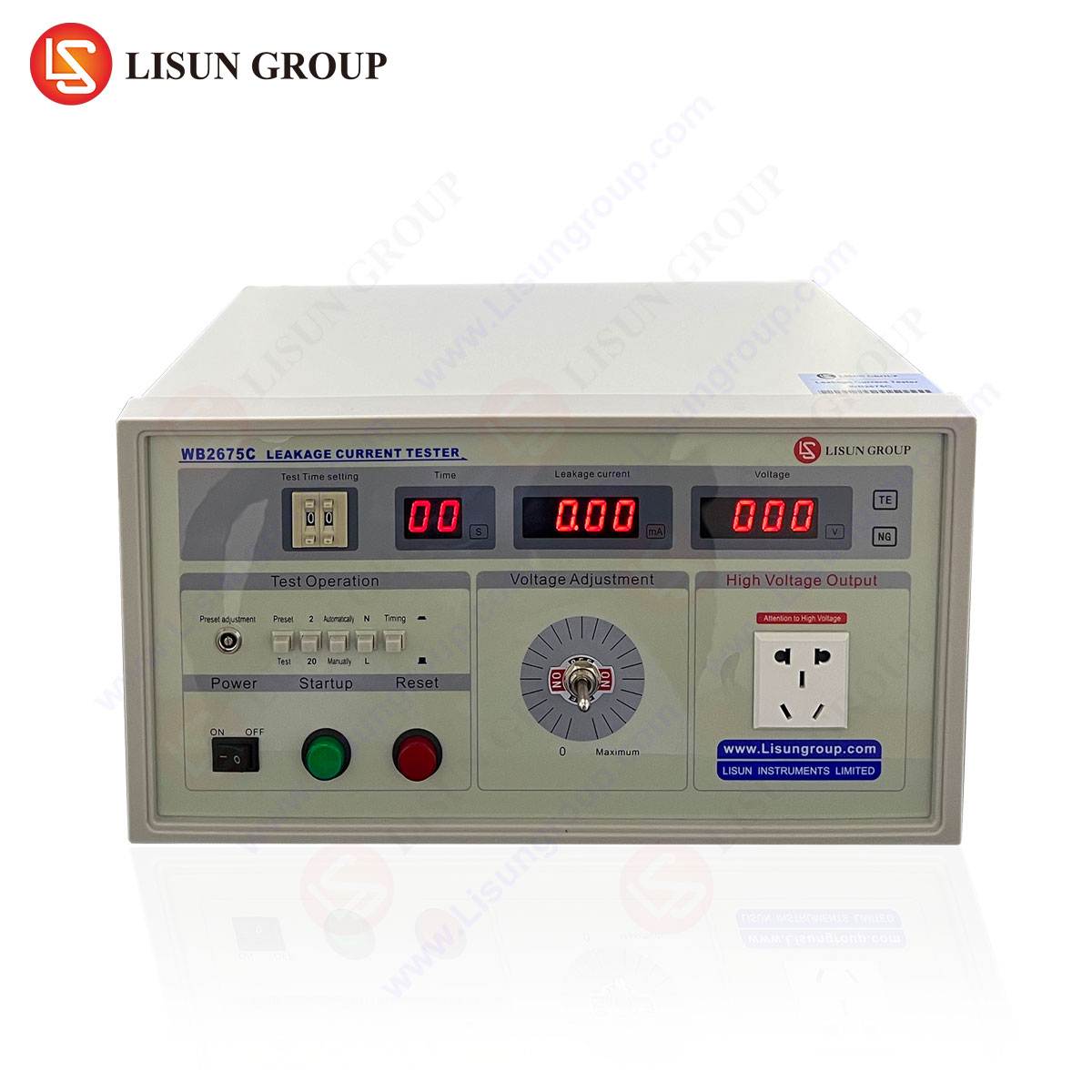Fundamental Principles of Earth Leakage Phenomena
Earth leakage current, often termed ground leakage or touch current, represents an unintended flow of electrical current from a circuit’s live parts to earth or to accessible conductive parts that are grounded or could become grounded. This phenomenon arises due to the inherent imperfection of insulation materials and the presence of distributed capacitance within electrical systems. Under normal operating conditions, a minuscule capacitive coupling exists between live conductors and earthed metal enclosures or chassis. While this current is typically negligible, its magnitude can escalate due to factors such as insulation degradation from aging, heat, mechanical stress, moisture ingress, or contamination.
The primary hazard associated with excessive earth leakage current is the risk of electric shock to personnel and the potential initiation of electrical fires. Even currents as low as 10 milliamperes can induce involuntary muscular reactions, while currents exceeding 30 mA pose a serious threat of ventricular fibrillation. Consequently, the accurate detection and measurement of this parameter are non-negotiable prerequisites for ensuring product safety and compliance with international regulatory standards. The physics governing leakage current can be categorized into two primary components: conduction current, which flows through actual insulation resistance, and displacement current, which flows through the parasitic capacitance.
Methodologies for Leakage Current Measurement
The detection and quantification of earth leakage current are performed using several established methodologies, each defined by international safety standards such as IEC 60335-1, IEC 60990, and UL 2231. The selection of an appropriate method is contingent upon the specific test conditions and the type of equipment under evaluation.
The most prevalent technique is the Direct Measurement method, which involves connecting a calibrated leakage current tester in series between the equipment’s protective earth terminal and the earth ground. This method directly quantifies the actual current flowing through the ground path during the operational state of the equipment. It is considered a fundamental and highly reliable approach for validating the integrity of a product’s grounding system.
An alternative and equally critical method is the Measurement via a Measuring Device (MD). This technique utilizes an artificial network, defined in standards like IEC 60990, to simulate the impedance of the human body for evaluating touch current. The MD network provides a standardized load, ensuring that measurements are reproducible and accurately reflect the shock hazard a person might experience upon contacting the equipment. This is the mandated method for evaluating accessible parts that are not grounded.
Furthermore, the Differential Current Method offers a non-intrusive solution, particularly useful for in-situ testing of installed systems. This approach employs a current transformer that encircles both the line and neutral conductors. Under ideal conditions with no leakage, the magnetic fields generated by the line and neutral currents cancel each other out. Any imbalance, indicative of current finding an alternative path to earth, induces a current in the transformer’s secondary winding, which is then measured. While excellent for residual current devices (RCDs) and installation testing, it may not provide the precision required for laboratory-based product compliance testing.
Instrumentation for Precision Measurement: The WB2675D Leakage Current Tester
The accurate execution of these measurement methodologies demands instrumentation of high precision, reliability, and compliance with stringent international standards. The LISUN WB2675D Leakage Current Tester is engineered specifically for this purpose, serving as an indispensable tool for quality assurance and safety certification laboratories across a multitude of industries.
The operating principle of the WB2675D is rooted in the application of the Measuring Device method. It incorporates a precision network that faithfully replicates the standardized human body impedance model, allowing it to measure both contact current and protective conductor current with a high degree of accuracy. The instrument applies the test voltage—which can be precisely set to the equipment’s rated voltage or varied for stress testing—to the Equipment Under Test (EUT) and measures the resultant current flowing through its internal MD circuit. Advanced filtering within the device ensures that measurements are true RMS, providing an accurate reading even with non-sinusoidal leakage currents caused by modern switched-mode power supplies.
Key Technical Specifications of the WB2675D:
- Zakres pomiarowy: Typically offers multiple auto-ranging scales from microamperes (µA) up to several milliamperes (mA), for example, 0.01 mA to 20.00 mA.
- Dokładność: High precision, often better than ±(3% of reading + 5 digits) at 50/60 Hz.
- Test Voltage: Adjustable output, commonly from 0 to 250V AC or a wider range, programmable to match various international mains voltages.
- MD Network: Fully compliant with the specifications outlined in IEC 60990, ensuring standardized and repeatable measurements.
- Display: A high-resolution digital display showing true RMS values of voltage, current, and frequency.
- Interface: Often includes RS232, USB, or GPIB interfaces for remote control, data logging, and integration into automated test systems.
- Safety Compliance: Designed to meet relevant IEC safety standards for measurement and control equipment.
Industry-Specific Application and Compliance Testing
The requirement for leakage current testing is ubiquitous across the electrical and electronic manufacturing sector. The WB2675D is deployed to ensure compliance and safety in a diverse range of applications.
In the realm of Urządzenia gospodarstwa domowego i elektronika użytkowa, products like washing machines, refrigerators, and televisions are subjected to rigorous production-line testing. The tester verifies that leakage remains within the limits prescribed by IEC 60335-1 after endurance tests, including moisture resistance and high-voltage insulation tests. For Urządzenia medyczne (governed by IEC 60601-1), the permissible leakage limits are exceptionally stringent, often below 0.1 mA for patient-applied parts. The precision of the WB2675D is critical for certifying life-saving equipment such as patient monitors and diagnostic imaging systems.
Ten Elektronika samochodowa industry leverages such testers for validating components like onboard chargers, inverters, and infotainment systems, ensuring they meet safety standards like ISO 6469-3 for electric vehicles. In Oprawy oświetleniowe, particularly LED drivers which can generate high-frequency leakage currents, the true RMS capability of the instrument is essential for an accurate assessment. For Industrial Control Systems I Sprzęt telekomunikacyjny, which often operate 24/7 in harsh environments, the tester is used to predict insulation failure and prevent downtime. Komponenty lotnicze i kosmiczne require the utmost reliability, and leakage current testing is a key part of the qualification process for any equipment used onboard.
Integrating Leakage Current Testing into a Quality Management System
A comprehensive Quality Management System (QMS) integrates earth leakage testing not merely as a final verification step but as a critical checkpoint throughout the product lifecycle. During the Research and Development phase, engineers use instruments like the WB2675D to characterize prototypes, identify potential design flaws in insulation or grounding, and ensure a sufficient safety margin exists before regulatory submission.
In production, the tester is a cornerstone of the final product audit. Each unit, or a statistically significant sample from each batch, undergoes a leakage current test under simulated operational load. The programmability and remote-control features of advanced testers allow for seamless integration into automated test stations, where pass/fail criteria are automatically applied, and results are logged for traceability. This data is vital for trend analysis and for implementing corrective actions should leakage values begin to drift towards upper specification limits, indicating a potential issue with a component supplier or the manufacturing process.
Interpretation of Results and Adherence to Standards
The raw measurement value obtained from a leakage current test is meaningless without context provided by the applicable safety standard. Standards such as IEC 62368-1 (Audio/Video, Information & Communication Technology Equipment) and its predecessors define strict limits for both touch current and protective earth current. These limits vary depending on the equipment type, its intended application, and the classification of its accessible parts.
For instance, a Class I appliance (with a functional earth terminal) will have a different permissible limit for earth leakage compared to the touch current limit of a Class II (double-insulated) appliance. Furthermore, testing is often performed under both normal and single-fault conditions, such as opening the neutral line or reversing the line and neutral connections. The WB2675D aids in performing these sophisticated test sequences reliably. Interpreting results involves comparing the measured value against the standard’s tabulated limits and ensuring the product maintains a safe state under all conditions. A failure necessitates a root cause analysis, typically focusing on insulation materials, PCB clearances, creepage distances, filtering components (Y-capacitors), and the integrity of grounding connections.
Advanced Considerations for Modern Electronics
The proliferation of power electronics and switch-mode power supplies has introduced new complexities into leakage current measurement. These circuits utilize EMI filters that connect line and neutral to earth via capacitors (Y-capacitors) to suppress electromagnetic interference. While effective for EMI mitigation, these capacitors provide a deliberate, low-impedance path for leakage current to flow to earth. The design challenge is to balance EMI compliance with safety compliance.
The high-frequency switching noise generated by these circuits also means that leakage current is no longer a pure 50/60 Hz sine wave. It can contain significant high-frequency harmonics. A measurement instrument that only measures average or peak values will provide inaccurate readings for such waveforms. The true RMS measurement capability of a tester like the WB2675D is therefore not an optional luxury but a fundamental requirement for accurately assessing the safety of modern electronic products. This ensures the measurement reflects the actual energy of the current waveform, which is directly related to its physiological effect.
Sekcja FAQ
Q1: What is the difference between the MD (Measuring Device) network method and a simple series ammeter measurement?
The MD network, as defined in IEC 60990, is not a simple ammeter. It is an artificial circuit designed to have a specific frequency-weighted impedance that simulates the body’s response to electrical current at different frequencies. A standard ammeter will measure the total current, but it will not account for the fact that the human body is more sensitive to certain frequencies than others. The MD network provides a standardized, reproducible measurement that directly correlates to the risk of electric shock.
Q2: Can the WB2675D tester be used for testing both AC and DC leakage currents?
The standard configuration of the WB2675D is designed primarily for AC leakage current measurement, which is the most common requirement for equipment powered by mains electricity. However, certain applications, particularly in automotive and telecommunications (e.g., 48V DC systems), may require DC leakage testing. The specific capabilities depend on the model and its internal circuitry. It is essential to consult the instrument’s datasheet to confirm its suitability for DC measurement applications.
Q3: How often should a leakage current tester like the WB2675D be calibrated?
Calibration intervals are determined by the user’s quality procedures, industry requirements, and accreditation body guidelines (e.g., ISO/IEC 17025). A typical interval for such precision measurement equipment is annually. However, more frequent intervals may be mandated in high-volume production environments or for critical applications like medical device manufacturing to ensure unwavering accuracy and traceability to national standards.
Q4: Why is it necessary to test leakage current at both normal and reverse line/neutral polarity?
Reversing the line and neutral connections is a standardized single-fault condition test. It checks if the product’s safety is compromised by a wiring error in the installation or a fault in a internal component. The distribution of parasitic capacitances within a power supply’s transformer and circuitry can be asymmetrical. Reversing polarity can change the potential between these capacitances and earth, potentially altering the leakage current value. Testing under both conditions ensures the product remains safe regardless of how it is plugged in.
Q5: Our product failed its leakage current test. What are the most common root causes?
Common culprits include:
- Excessive Y-capacitor values: The capacitors used in the EMI filter are too large.
- Insulation degradation: Compromised insulation on motors, transformers, or between PCBs and chassis.
- Contamination: Dust, moisture, or flux residue on the PCB creating parasitic leakage paths.
- Inadequate Creepage and Clearance: Distances between live parts and earthed parts are insufficient for the working voltage.
- Poor grounding: A high-resistance or intermittent connection in the protective earth conductor.






